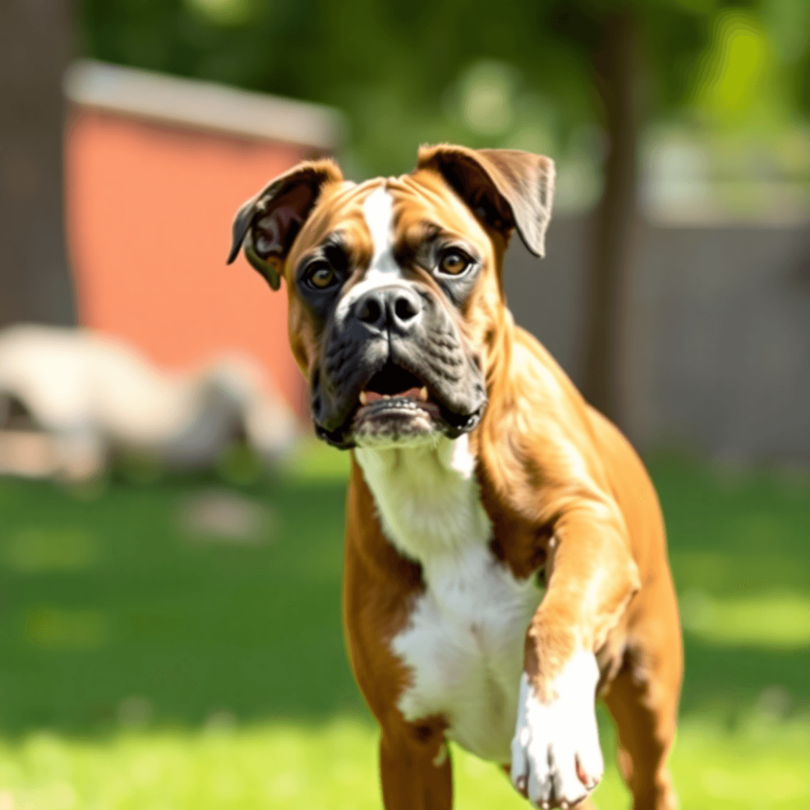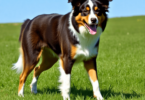Boxer History and Origin
Boxer dogs are known for their playful and loyal nature. These medium to large German dogs have become popular pets around the world, loved by families for their affectionate behavior and energetic personality.
Learning about the history of Boxer dogs can help us understand them better. Here are a few interesting things to know:
- Boxers were created by breeding mastiff-type dogs with Old English Bulldogs.
- The breed’s ancestors include the Brabant Bullenbeisser, a powerful hunting dog.
By studying the origins of the Boxer breed, we can gain a deeper understanding of their purpose and development over time. This knowledge allows us to appreciate these incredible dogs even more, as we recognize their transformation from skilled hunters to cherished members of our families.
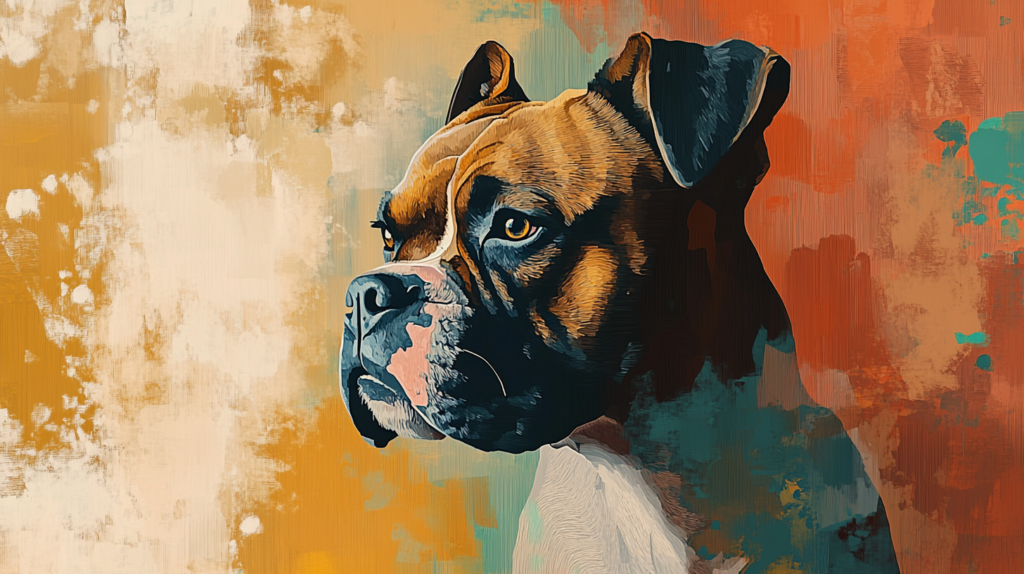
The Ancestry of the Boxer Dog
The fascinating journey of the Boxer dog begins with its ancestor, the Bullenbeisser, a robust hunting dog from medieval Germany. This breed was primarily used for chasing and catching large game, including bears and wild boars.
Physical Traits
Stocky Build
The Bullenbeisser was known for its muscular frame and powerful jaw—traits that are echoed in today’s Boxers.
Distinctive Muzzle
Bullenbeissers had a broad head with a unique muzzle-to-head ratio, which contributed to their effective hunting capabilities.
As time progressed, mastiff-type dogs played a pivotal role in shaping the Boxer breed. These dogs influenced both the size and build of the Boxer, leading to:
- Increased Strength: Mastiffs contributed to a more solid body structure.
- Enhanced Temperament: The combination of loyalty and protective instincts became prominent traits.
The Brabant Bullenbeisser, a specific variant, is particularly noteworthy as it served as a direct ancestor in the Boxer lineage. This blend of characteristics forged the early foundations of what we now cherish as our loyal companions. The evolution from these working dogs laid the groundwork for the Boxer’s eventual rise in popularity as both a family pet and working dog throughout history.
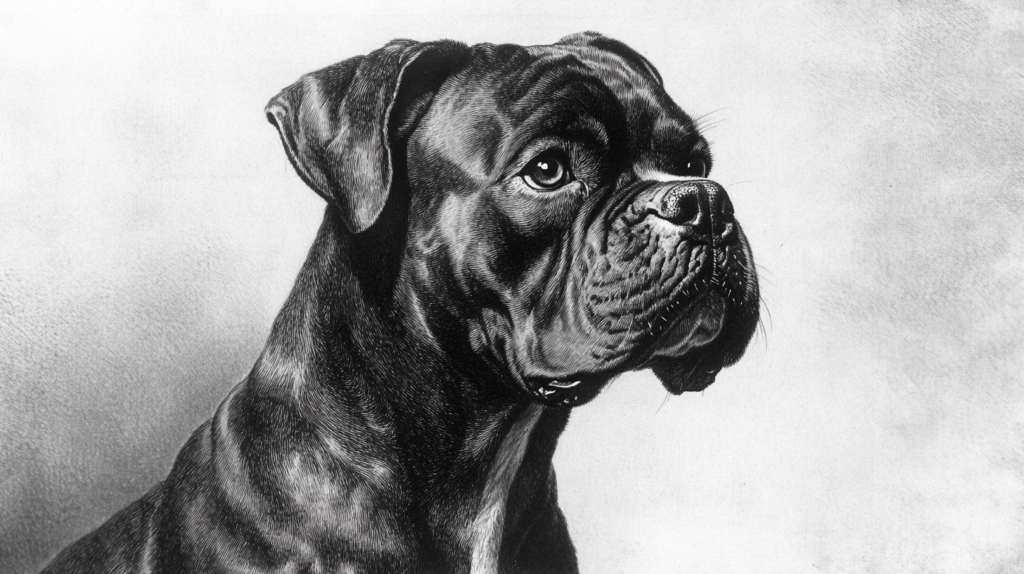
Development of the Boxer Breed in Germany
The evolution of the Boxer breed in Germany is a fascinating journey marked by several significant milestones:
- Late 19th Century: The transformation from Bullenbeisser to the modern Boxer began as enthusiasts started standardizing the breed. These early Boxers were bred for their hunting prowess and protective instincts.
- 1895: The establishment of the first Boxer Club in Munich marked a pivotal moment. This club played an essential role in promoting breed standards and fostering a community of dedicated breeders. Its formation helped ensure that Boxers were recognized not just as working dogs, but as a distinct breed with specific traits and characteristics.
- 1904: The first registered Boxer emerged, further solidifying the breed’s identity. This was crucial for both breed recognition and the development of breeding practices focused on maintaining quality and temperament.
The combination of these developments laid a strong foundation for what we now recognize as the German Boxer. Through careful breeding and community involvement, this breed transitioned from its utilitarian roots to become beloved companions, known for their playful nature and loyalty.
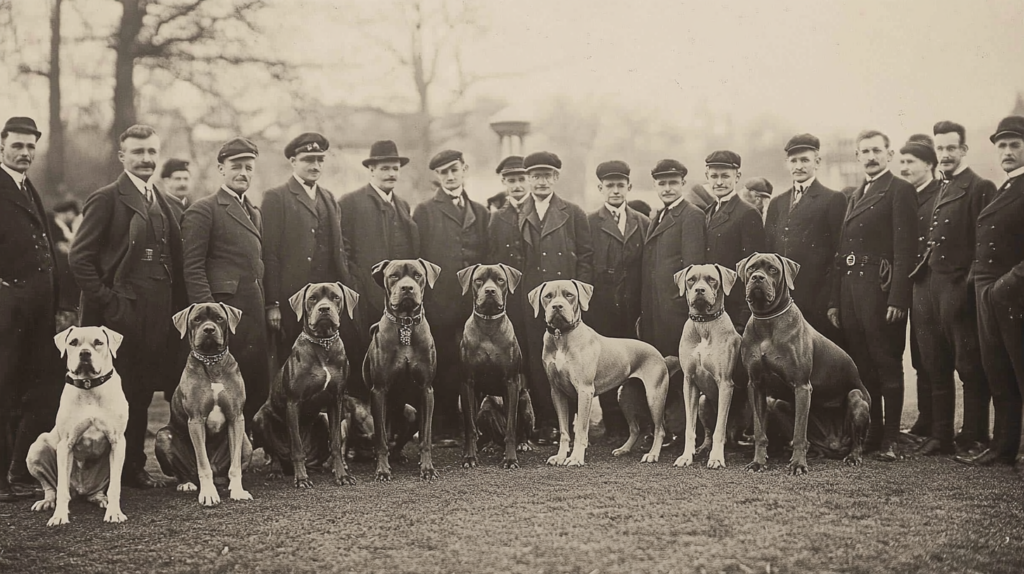
Breed Recognition and Standards
The journey of the Boxer from a working dog to a recognized breed was marked by significant milestones in the early 20th century. The establishment of the first Boxer Club in Munich in 1895 paved the way for formal recognition and the development of breed standards. This club served as a gathering point for enthusiasts and breeders dedicated to promoting the breed’s distinct characteristics.
Key elements of Boxer breed standards include:
- Physical Traits: A square build, strong musculature, and well-defined features like the undershot bite.
- Temperament: Loyal, affectionate, and energetic, Boxers are known for their playful nature and protective instincts.
- Movement: A characteristic gait showcasing agility and strength.
In 1904, the first Boxer was registered, marking an important step towards official acknowledgment. The influence of German breeding practices ensured that Boxers retained their unique physical and temperamental traits.
As recognition grew internationally, various kennel clubs adopted their own standards reflecting the breed’s qualities. The American Kennel Club (AKC) recognized Boxers in 1915, further solidifying their status as beloved family companions. This foundation not only celebrated the Boxer’s rich history but also emphasized responsible breeding practices essential for maintaining breed integrity.
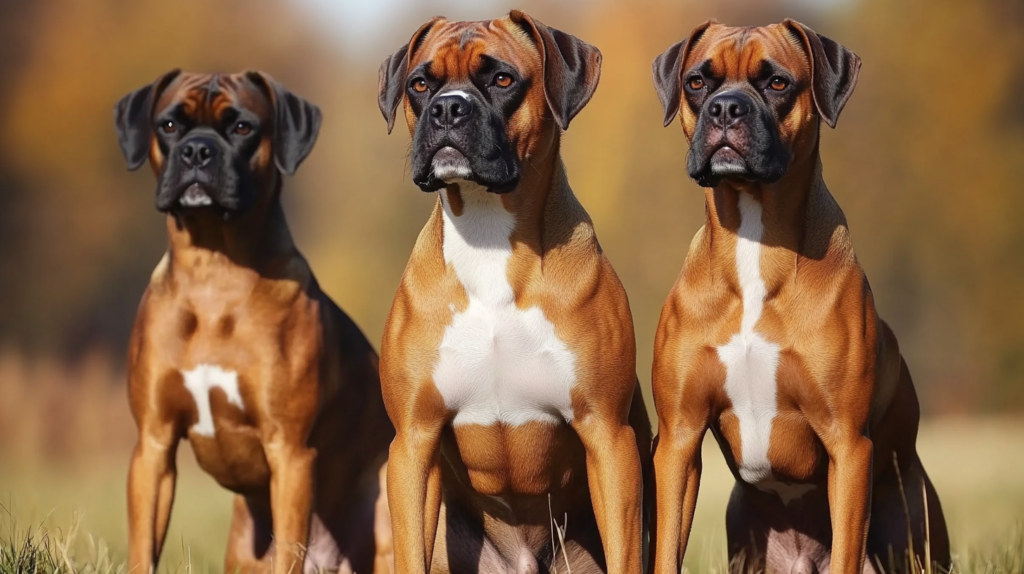
Boxers in History: From Working Dogs to Beloved Companions
The Boxer breed played a crucial role during the tumultuous times of World War I and World War II. They served valiantly as:
- Messengers: Delivering important communications across the battlefield.
- Guard Dogs: Protecting soldiers and equipment from enemy infiltration.
Their loyalty and bravery earned them a special place in military history, showcasing their remarkable ability to adapt to challenging environments. Boxers became symbols of courage, often depicted in wartime propaganda, which further cemented their reputation as steadfast companions.
However, the wars took a toll on the Boxer population. Many dogs were lost due to combat, leading to a significant decline in numbers. This scarcity influenced public perception, transforming Boxers from mere working dogs into cherished family pets. Post-war, their endearing qualities—playfulness and protective instincts—captured hearts, paving the way for a resurgence in popularity.
As society emerged from the shadows of war, Boxers transitioned seamlessly into suburban homes. Their history reflects both resilience and adaptability, allowing them to thrive as beloved companions in a world that had seen much change.
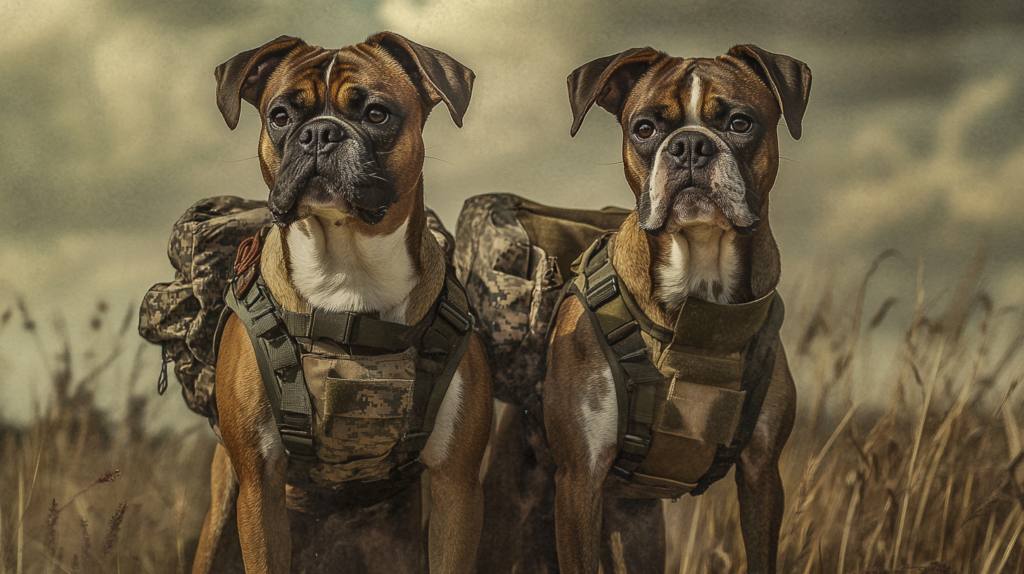
Revival and Recognition Post-War: The American Influence on Modern Boxers
After the devastation of World War II, the Boxer breed faced significant challenges. Their numbers had dwindled, but a passionate group of American breeders stepped in to revitalize this beloved breed.
Key Figures in the Revival
Key figures emerged during this revival:
- Rolf v. Vogelsberg: This remarkable sire played a pivotal role in shaping modern American Boxers, influencing temperament and conformation.
- Other notable sires contributed to the genetic diversity and health of the breed.
Importance of Recognition from Major Kennel Clubs
As American breeders worked tirelessly to restore the Boxer population, recognition from major kennel clubs became essential. Achievements included:
- The American Kennel Club (AKC) officially recognized the Boxer in 1904, which solidified its status as a cherished companion.
- The Fédération Cynologique Internationale (FCI) followed suit, providing international acknowledgment and setting standards for breed integrity.
Impact on the Breed’s Health and Popularity
The post-war period not only improved the breed’s health through careful breeding practices but also fostered a renewed appreciation for the Boxer’s loyal and affectionate nature. This resurgence paved the way for their popularity as family pets, showcasing their adaptability to various lifestyles while retaining their original charm.
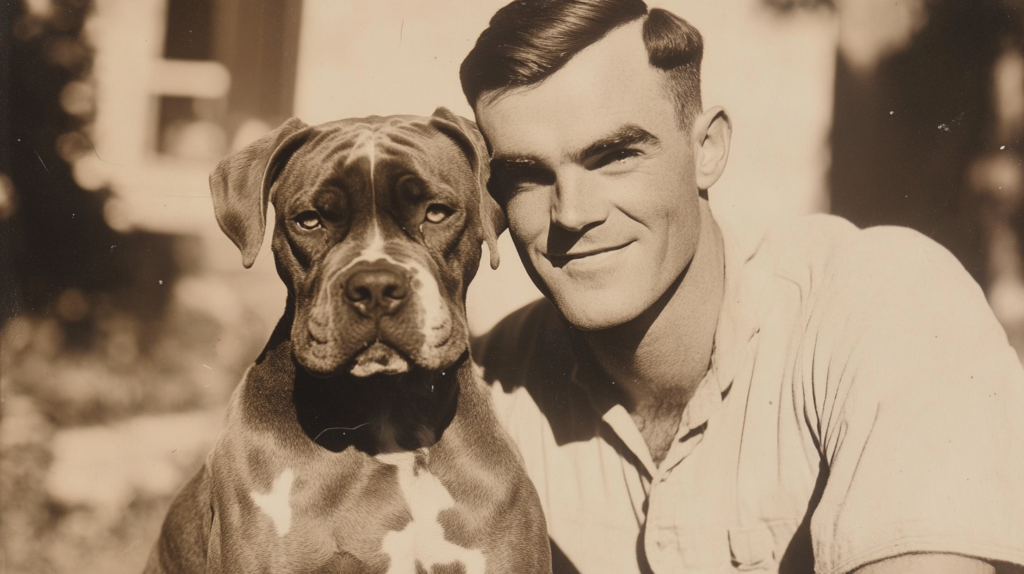
Famous Boxers Throughout History: Champions and Influential Breeders Who Shaped the Breed
The Boxer breed has a rich history filled with influential figures and remarkable champions who have contributed to its legacy.
Influential Breeder
Frau Stockmann stands out prominently as a dedicated breeder who played a vital role in shaping the breed’s future. Her commitment to producing healthy, well-tempered Boxers significantly influenced the breed’s reputation. She focused on breeding practices that prioritized temperament and health, ensuring that her Boxers not only excelled in conformation but also made excellent companions.
Notable Champions
Notable champion Boxers have also left their mark in dog shows:
- The Westminster Dog Show has seen several Boxers grace its stage, showcasing their elegance and athleticism. One famous example is Ch. K-Run’s Park Me in First, who won Best in Show at Westminster in 2004, capturing hearts with his charm and striking appearance.
These champions and breeders laid the groundwork for the modern Boxer, intertwining their legacies with the history of this beloved German breed. Their contributions continue to inspire new generations of Boxer enthusiasts worldwide, ensuring that the spirit of excellence remains alive within this vibrant community.
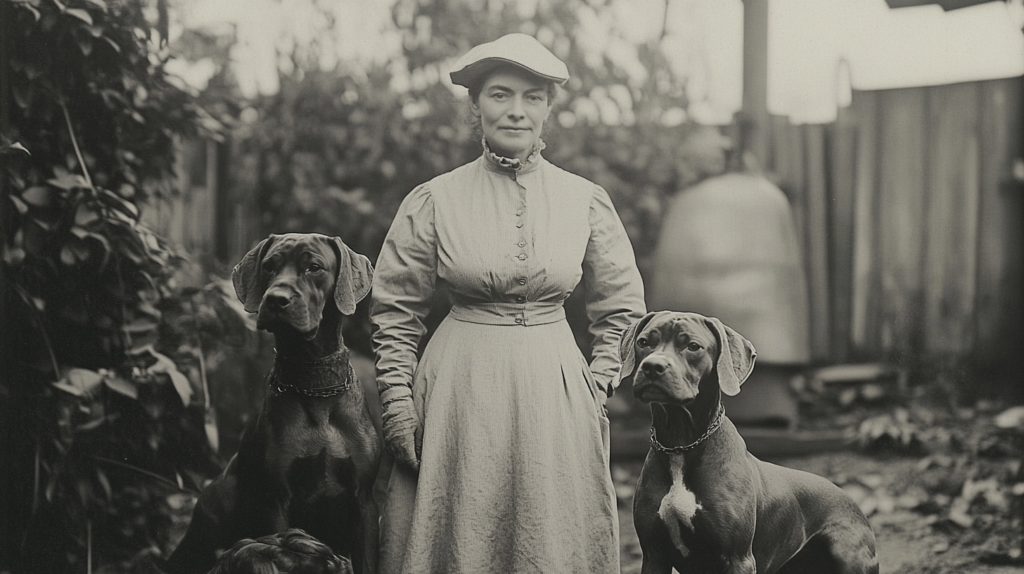
Breeding Practices for Healthier Boxers: Ensuring a Bright Future for This Beloved Breed
Responsible Boxer breeding practices play a crucial role in ensuring the health and well-being of future generations. Prioritizing temperament and adherence to breed standards can lead to vibrant, affectionate companions.
Key Practices
1. Health Testing
Regular screening for common health issues is essential. Conditions such as:
- Heart Problems: Boxers are prone to dilated cardiomyopathy, a serious heart condition.
- Hip Dysplasia: Genetic predisposition leads to joint issues, affecting mobility and comfort.
2. Selecting Breeding Pairs
Careful consideration of lineage helps in minimizing genetic disorders. Breeders often rely on:
- Pedigree Analysis: Understanding the family tree can reveal potential health risks.
- Temperament Evaluation: Ensuring both parents exhibit desirable traits creates balanced puppies.
Emphasizing health and temperament in Boxer breeding not only preserves the breed’s legacy but also fosters a brighter, healthier future for these beloved dogs. As owners, being educated about these practices contributes to the overall wellness of our furry friends. Engaging with reputable breeders who prioritize health testing ensures that each Boxer thrives, carrying forward the rich history of this loyal breed.
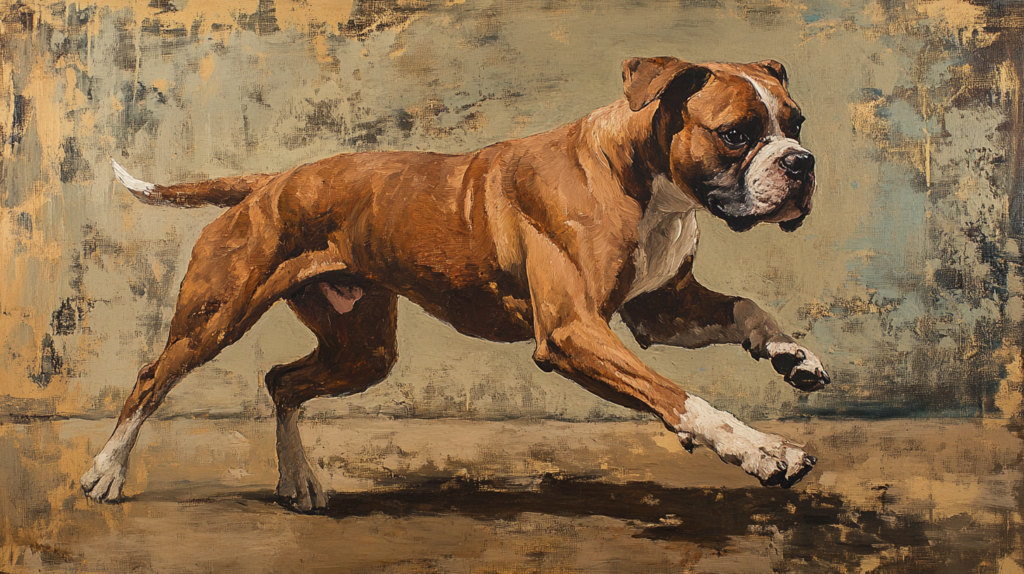
The Ongoing Popularity of Boxers: Why They Make Great Family Pets Today
The popularity of Boxers as pets is no accident. Their characteristics make them a perfect fit for family life. Here are some key factors contributing to their appeal:
- Playful Nature: Boxers are known for their boundless energy and playful antics. They thrive on interactive play, making them excellent companions for children.
- Protective Instincts: With a natural guarding ability, Boxers are vigilant and protective of their loved ones. This makes them not just fun-loving but also reliable when it comes to safeguarding the family.
- Affectionate Demeanor: Known for forming strong bonds with family members, Boxers often seek affection and companionship, ensuring they feel like a true part of the family unit.
These traits ensure that Boxers remain not just pets but cherished members of many households, embodying loyalty and joy in every wagging tail.

Conclusion
Understanding Boxer history enriches our appreciation for these energetic companions. The captivating journey from their hunting origins to cherished family pets reflects their resilience and adaptability.
Key points to remember:
- Historical Significance: Acknowledge the Boxer’s past as a working dog, which shaped its loyal and protective nature.
- Responsible Ownership: Prioritize health, exercise, and socialization to ensure a happy life for your Boxer.
- Health Awareness: Be proactive about common health concerns within the breed to promote longevity.
By embracing this breed’s vibrant heritage while committing to responsible ownership practices, we celebrate not just the legacy of the Boxer, but also the joy they bring into our lives every day. With love and understanding, Boxers will continue to thrive as beloved companions for generations to come.

FAQs (Frequently Asked Questions)
What is the history of Boxer dogs?
Boxer dogs have a rich history as loyal companions, originating from Germany. Understanding their ancestry, including the Bullenbeisser and mastiff-type dogs, can deepen our appreciation for these energetic and affectionate breeds.
How did the Boxer breed develop in Germany?
The Boxer breed evolved in Germany through key events that led to its standardization. The establishment of the first Boxer Club in Munich in 1895 was significant for breed recognition and played a crucial role in the development of the breed.
What roles did Boxers play during wartime?
During World War I and World War II, Boxers served as messengers and guard dogs, showcasing their bravery and loyalty. Their contributions during these times impacted public perception of the breed and contributed to population decline.
How did American breeders influence modern Boxers?
After WWII, American breeders worked to revitalize the Boxer breed, utilizing key sires like Rolf v. Vogelsberg. This effort led to increased recognition by major kennel clubs such as the American Kennel Club and Fédération Cynologique Internationale.
Who are some famous Boxers and influential breeders?
Notable figures in Boxer history include Frau Stockmann, a prominent breeder dedicated to producing healthy Boxers. Additionally, champion Boxers have achieved recognition at events like the Westminster Dog Show, showcasing the breed’s success.
What are responsible breeding practices for Boxers?
Responsible breeding practices aim to maintain health and temperament traits within the Boxer breed standard. Common health concerns include heart conditions and hip dysplasia, highlighting the importance of health testing in breeding programs.
